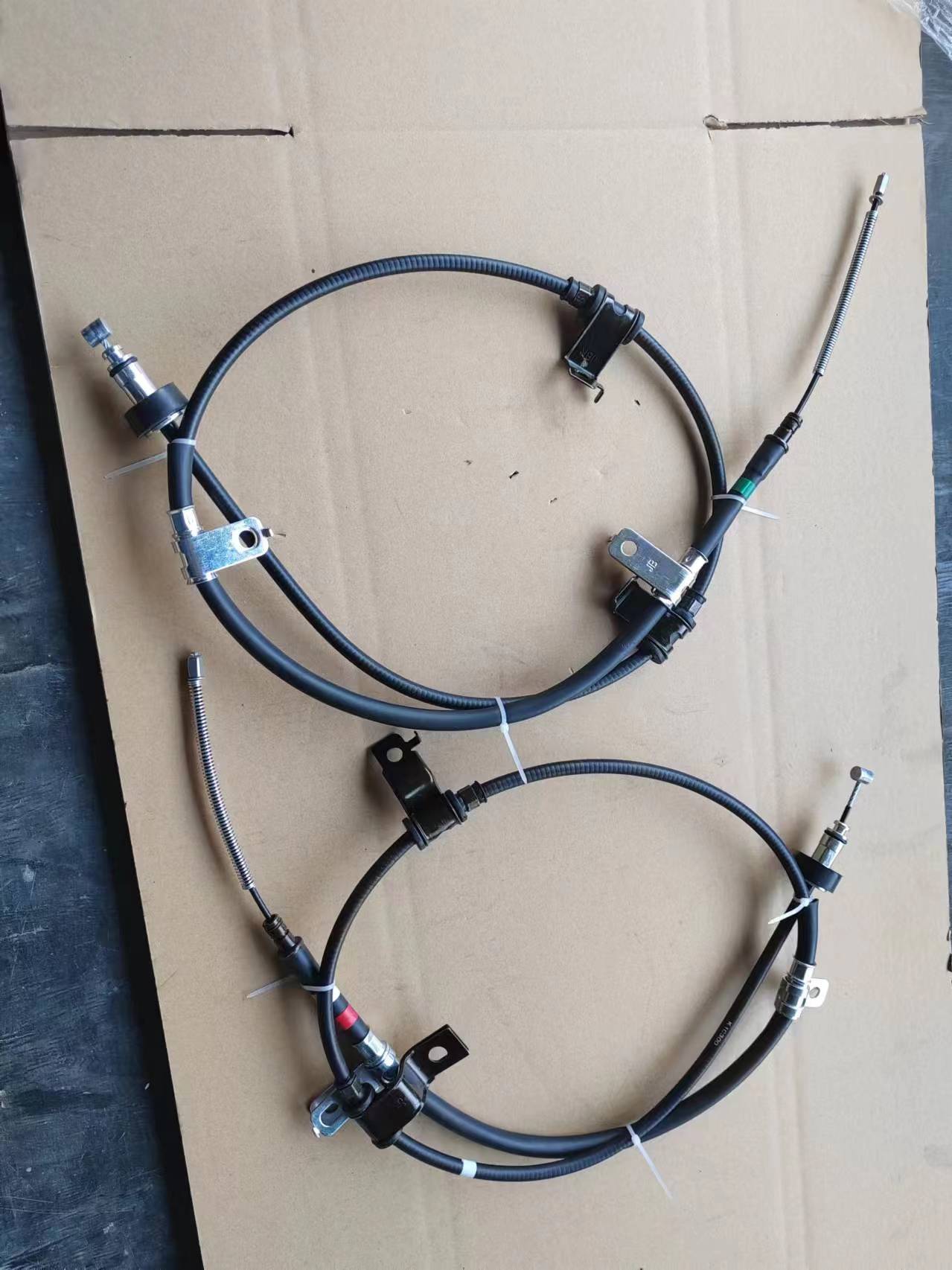push and pull throttle cable
Understanding Push and Pull Throttle Cables Mechanics and Applications
Throttle cables, integral components in various mechanical systems, often dictate the performance and responsiveness of machines and vehicles. Among these, push and pull throttle cables are essential for controlling throttle input in engines, particularly in motorcycles, boats, and certain industrial equipment. This article delves into the mechanics, applications, benefits, and maintenance of push and pull throttle cables, highlighting their significance in modern engineering.
Mechanics of Throttle Cables
Throttle cables are essentially flexible cables that connect the throttle mechanism to the accelerator pedal or handlebar grip. These cables operate on a simple principle of tension and compression. As the operator pushes or pulls on a handle, it either tightens (pull) or loosens (push) the cable, which in turn opens or closes the throttle valve in the engine, controlling airflow and fuel mixture.
1. Push Throttle Cables These cables are designed to push the throttle mechanism to open the throttle valve. A push cable is typically used in systems where the throttle mechanism requires force to be applied in the opposite direction of the return spring. They are generally seen in vehicles with throttle bodies that utilize a push-pull setup, where two cables drive a single unit.
2. Pull Throttle Cables Conversely, pull throttle cables operate by pulling the throttle valve open. Most commonly found in motorcycles and some small engines, these cables take advantage of the natural return spring in the throttle system, which closes the throttle valve when no force is applied. The pull cable is often the primary means by which the throttle is activated.
Applications of Throttle Cables
Throttle cables find extensive applications across several domains
- Motorcycles and Scooters In these vehicles, throttle cables are crucial for the rider’s control, affecting acceleration, deceleration, and overall rideability. A responsive throttle cable can significantly enhance the riding experience.
- Marine Engines Boats rely on throttle cables to manage engine speed and steering. In marine applications, the durability and corrosion resistance of throttle cables are particularly important due to the harsh conditions of saltwater environments.
- Industrial Machinery Many types of machinery, from forklifts to agricultural equipment, utilize throttle cables as part of their control systems. Proper functioning of these cables directly impacts productivity and safety.
push and pull throttle cable

- Automobiles While modern cars often use electronic throttle control systems, some older models and specific designs still incorporate traditional throttle cables
. They provide a direct mechanical link between the driver and the engine, offering a tactile feedback system.Benefits of Push and Pull Throttle Cables
- Simplicity and Reliability Push and pull throttle cables have a straightforward design, making maintenance relatively easy. They are less prone to failure compared to electronic control systems, which can be affected by software glitches or electrical issues.
- Cost-Effective Compared to electronic throttle systems, push and pull cables are usually more cost-effective to manufacture and replace. This makes them favorable for budget-conscious designs without sacrificing performance.
- Control and Feedback Mechanical throttle systems can provide better tactile feedback to the operator. This connection often results in a more responsive and engaging user experience, which is especially valued in performance vehicles.
Maintenance and Considerations
Maintaining push and pull throttle cables is crucial for optimal performance. Regular inspection is recommended to check for fraying or binding of the cable, which can lead to failures. Proper lubrication of the cable and its housing can prevent rust and wear, extending the life of the throttle system.
Efficiency can also be enhanced by ensuring that the cable routing is free from sharp bends, kinks, or pinch points, which may impede movement. Additionally, a clean and lubricated throttle assembly can improve response times and overall functionality.
Conclusion
Push and pull throttle cables are fundamental components that play a pivotal role in the operation of various vehicles and machinery. Their simplicity, reliability, and direct connection to the operator make them invaluable in both performance and industrial contexts. As technology continues to evolve, understanding and maintaining these cables will remain crucial for anyone involved in mechanical engineering, vehicle maintenance, or outdoor motor sports. Ultimately, the push and pull throttle cable exemplifies how traditional mechanics still hold relevance in a world increasingly dominated by digital technology.
-
Workings of Clutch Pipe and Hose SystemsNewsJun.04,2025
-
The Inner Workings of Hand Brake Cable SystemsNewsJun.04,2025
-
The Secrets of Throttle and Accelerator CablesNewsJun.04,2025
-
The Hidden Lifeline of Your Transmission Gear Shift CablesNewsJun.04,2025
-
Demystifying Gear Cables and Shift LinkagesNewsJun.04,2025
-
Decoding Clutch Line Systems A Comprehensive GuideNewsJun.04,2025
